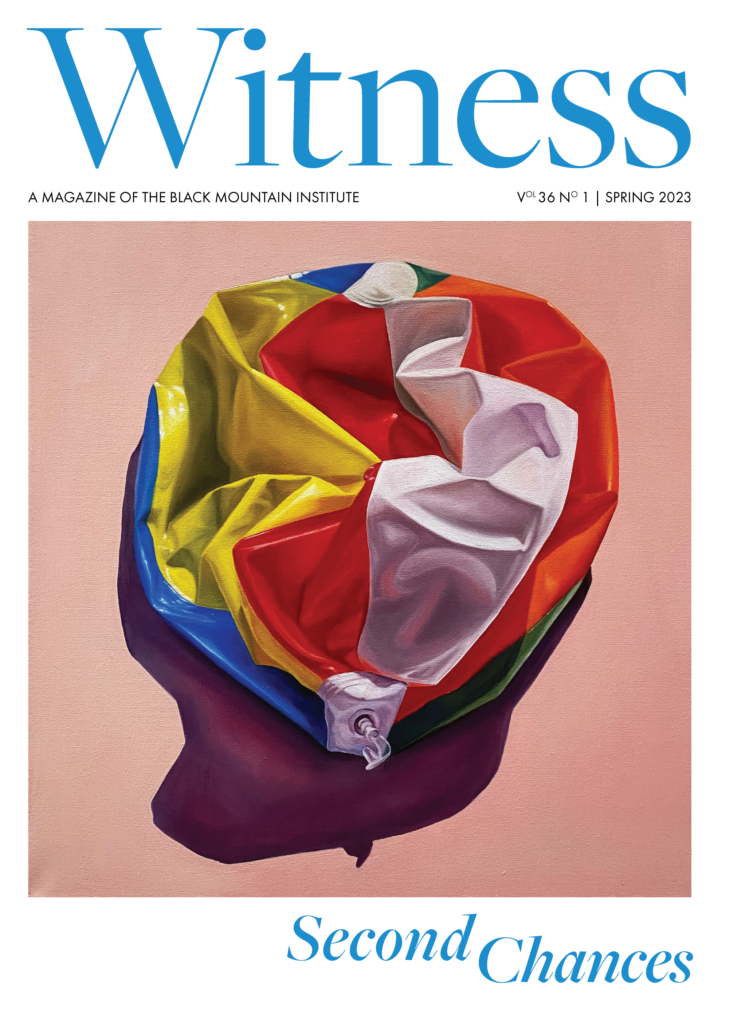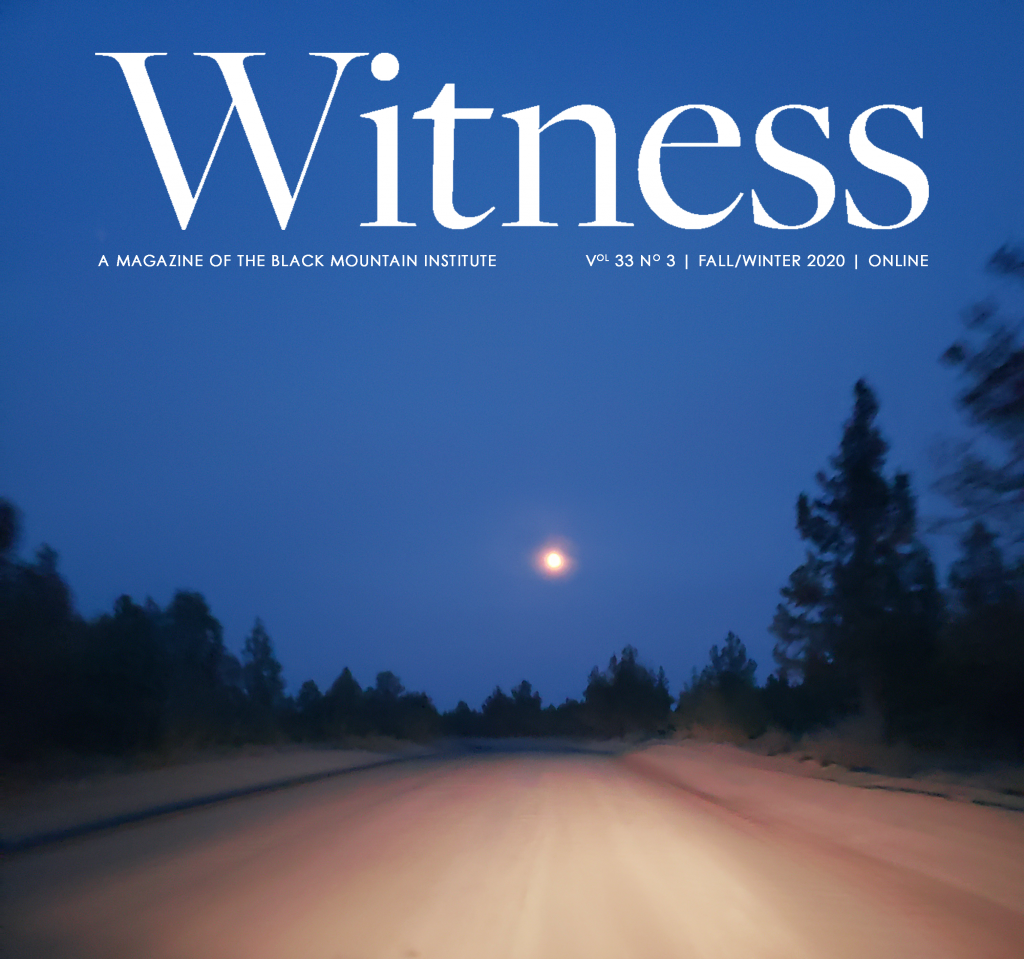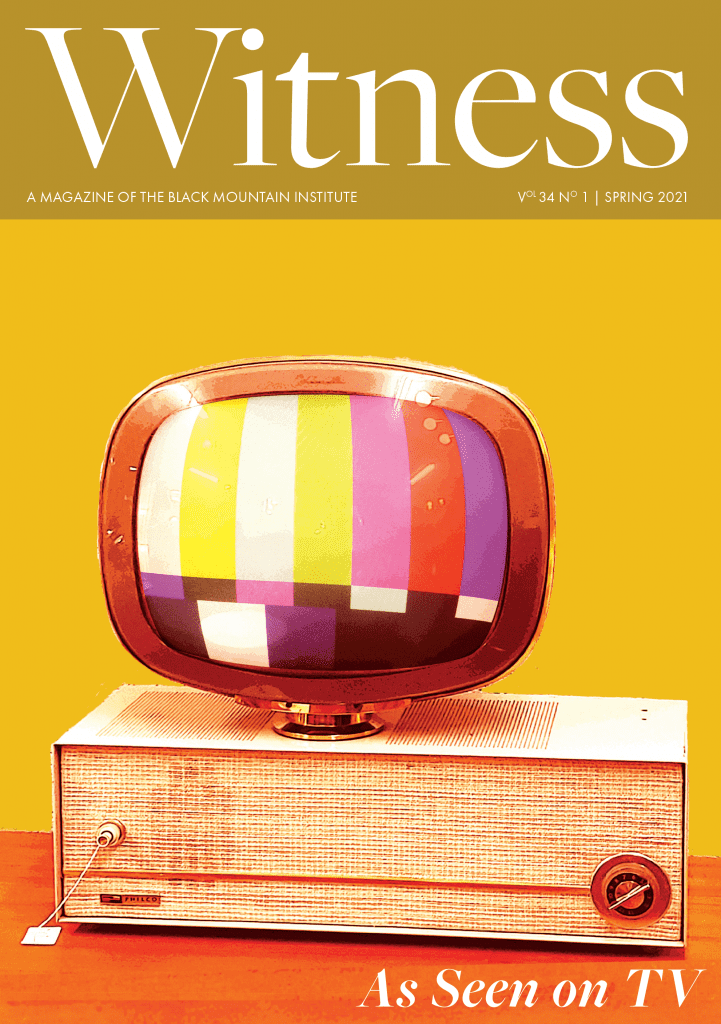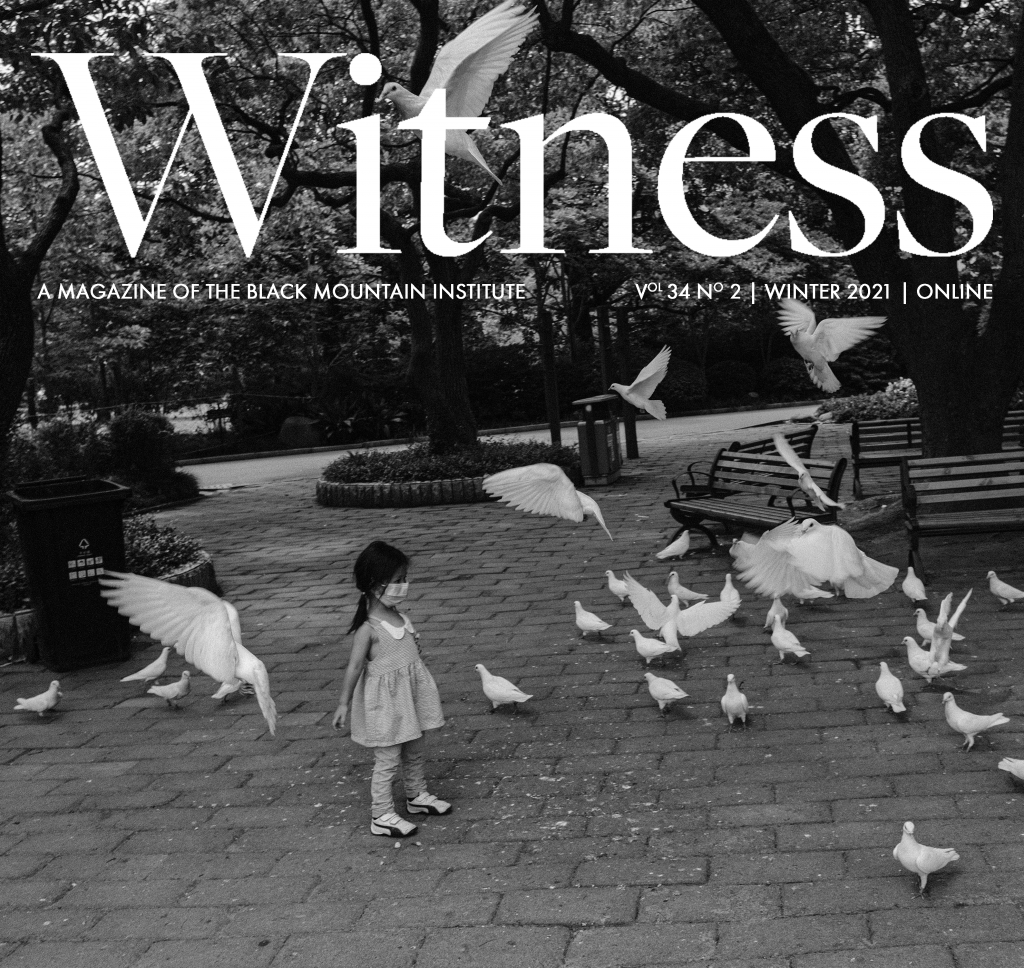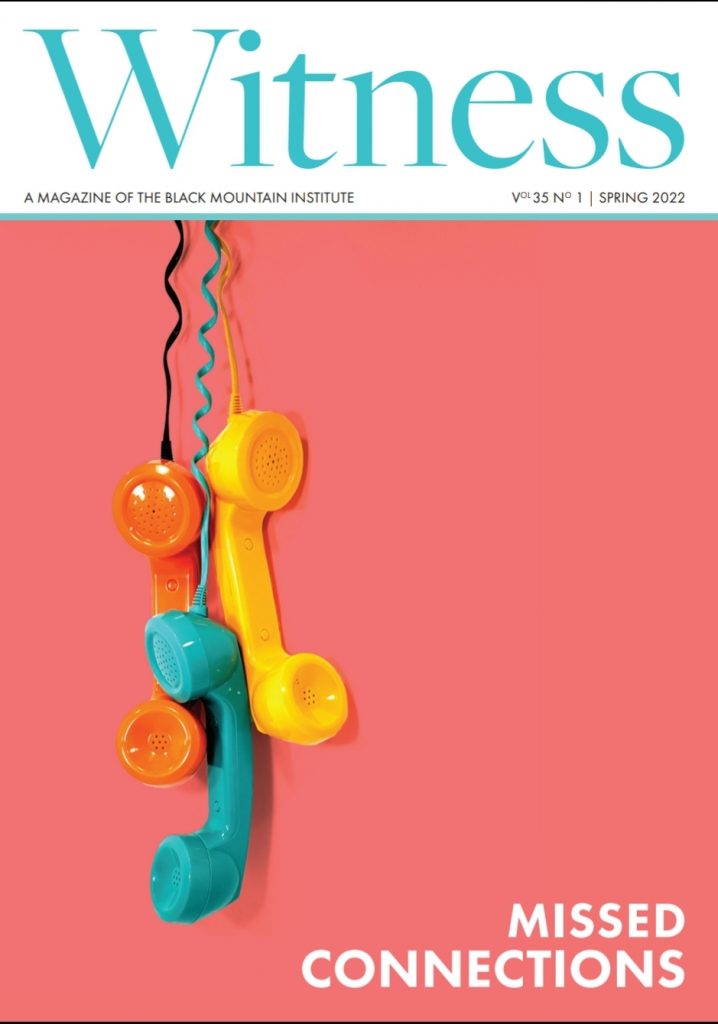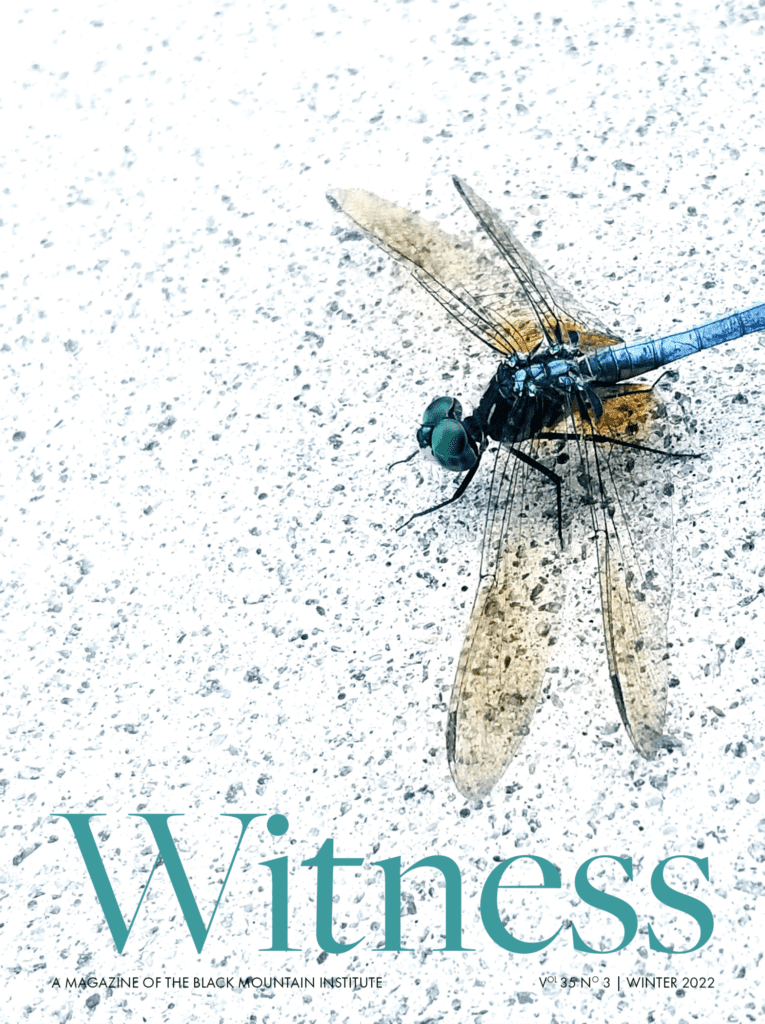(Page 3 of 3)
Close readings of multiple translations alongside the originals can be useful, too, for students to uncover what may be most inventive about a writer we are reading. Good examples of this are available by taking passages from Günter Grass’s The Tin Drum from the early translation by Ralph Mannheim, rendered into a very accessible, easily readable American standard of the 1960s, and comparing them to the more recent translation by Breon Mitchell, one that’s closer to Grass’s original but chooses an English that is denser, more experimental, and more difficult to read. Mitchell’s “Translator’s Afterword” to the 2009 edition of The Tin Drum explains these complexities as arising from Grass’s own inventions and experiments with the German language, especially making use of German’s versatile capacity for compounding nouns into brand new words that keep repeating rhythmically, like steady drumbeats, throughout the whole texture of Grass’s prose. Mitchell highlights this with an example: And I saw too that activities like thumb-twiddling, brow-wrinkling, head-nodding, hand-shaking, baby-making, coin-faking, light-dousing, tooth-brushing, man-killing, and diaper-changing were being engaged in all over the world, if not always with equal skill. Mitchell also restores some of the poetic syntax and quieter repetitions in sentences to render the softer beats in Grass’s original, as in: He was also the Formella brother’s boss, and was pleased, as we were pleased, to meet us, to meet him. As complex as it is, Mitchell’s new translation lifts a veil to show more accurately how Grass’s original is a tour de force of inventive language.
Cross-cultural changes or omissions in a translated book offer fascinating views into source cultures, and how a translator solves problems of the untranslatable can reveal how the “other” really must retain its “otherness” in both languages. Translator Maureen Freely explores this idea in her essay “Misreading Orhan Pamuk” (published in the collection In Translation: Translators on Their Work and What It Means, edited by Esther Allan and Susan Bernofsky). Freely describes her process of working through different kinds of cross-cultural difficulties, collaborating with and at times sitting side by side with Pamuk over drafts of her translation from the Turkish of his signature novel, Snow. (I sometimes teach Pamuk’s masterpiece as an example of how a writer can pull off an occulted narrator, how such an approach can replace or become the major plot discovery that changes everything). Freely writes of a back and forth with Pamuk over omitting certain Turkish words that just don’t work very well in English, and also of her growth process as a translator: “While I refused to make any compromise that resulted in a sentence that sounded foolish in English, I grew to respect Orhan’s long, winding sentences as I came to better appreciate their cumulative effect.” She continues: “Our greatest area of difficulty was the language of emotion, which tends to be expansive and even anatomical in Turkish. Sometimes—as when Orhan decided that the hero of Snow went into a panic too often—he decided to change his own text.” Some scholars unjustly charge Freely with “Orientalism” because of Pamuk’s own rewriting into English of the untranslatable from Turkish.
Exploring these differences, even puzzling over them with a dictionary and grammar book in hand, can add revelatory dimensions to cross-cultural studies. Orhan Pamuk’s novels are so much about expressing the almost deliriously complex, colorful tapestry of political and religious relationships in a very diverse society historically. Looking at his language so closely can reveal ideas about Turkey’s “mid-East” position as a proverbial bridge between two worlds (or two empires) that still, perhaps for reasons of language as much as any other, continue to resist accepting one another. Students can learn a great deal about sentence structures in English by exploring both the original and the translation of Snow; the same with The Savage Detectives (investigating the untranslatable reveals the lively variety of different dialects and country-based rhythms in the many “testimony” voices Bolaño creates for the Spanish original, confirming his ambition to write the Pan-American novel); or writers can learn a lot about sentence rhythms and syntax in English by puzzling through the two translations alongside the original of The Tin Drum with a good Langenscheidt’s dictionary in hand. We can then take the further step of translating a passage or two ourselves, coming up with our own solutions; even better is to let ourselves work freely at this, too, making new sentences in the style or tone of the original that track off into our own experiments, into our own new writing.
Translation is all about choices, options, experiments with language in a defined field of possibilities marked out by the original text. This creativity in translation is the subject of Margaret Sayers Peden’s essay “Building A Translation, The Reconstruction Business: Poem 145 of Sor Juana Ines de la Cruz” (published in The Craft of Translation, edited by John Biguenet and Rainer Schulte). Peden highlights and discusses choices made by nine translators, some from different historical periods, including: Samuel Beckett, John A. Crow, Muna Lee, Kate Flores, Roderick Gill, and others, as well as her own. Though in so many word and line choices wildly different from one another, all versions of the poem at least make some sense when explained. Taken together, they reveal how there can be as many ways to translate a text as writers who try, how translation must rewrite the original, also why, due to the limitations and demands of the destination—in this case, English—the translator at some stage must feel free to make creative choices that leave the original entirely behind.
When working with developing writers who are translating, I ask them to go through a basic three-step process: first to make a stiff, literal version, listing possible alternate words they might have chosen but that might not be exactly right; second, begin to shape that stiff literal version into a smoother English, also now taking into account possible replacements of words and sentence structures that might be quite different from the original but in some sense conform to or at least don’t violate its intentions; finally, based on that second, smoother version, I require the student translator to leave the original text entirely behind, and, not even looking at it, to rewrite it all over again in her or his most natural voice. In translation, voice is crucial, as Susan Bernofsky emphasizes in her essay “Translation and the Art of Revision” (also published in the fine new collection on the craft, In Translation, edited by Esther Allen and Susan Bernofsky): “Although the vision in revision implies something visual, revising has less to do with something seen than with something heard: the text’s voice. Voice is the crux of all translating.”
In order to come up with a newly re-visioned voice successfully, the translator has to commit something like a crime, the most blatant cross-language plagiarism, or an out-and-out literary theft: the ultimate act of appropriation. The many clichés about violation and betrayal and treachery by translators result from this last big leap they must take to make new art. Sometimes, the process of translation—making this leap—can seem as difficult and frustrating as it would be to describe the sound of a perfume or the shape of a taste. Still, it can be done, must be done, with care and artistry. In a successful final version, the result is a happy one. Its relationship to the original is something like what Don Miguel de Cervantes describes (and let’s recall how Cervantes sets up Don Quixote as a translation he is rendering into Spanish from the Arabic original written by an imaginary writer, Cide Hamete Benengeli): a successful translation is like looking at the reverse side of a beautiful tapestry, the figures, scenery and variety of colors clear for us to see and read only not quite as vividly; and here and there, threads are left hanging. Translations teach writers about the possibilities and limitations of language, in our case, of our all devouring, perhaps all too linear English. To translate fiction or poetry of necessity drives writers deep into a strange and vital source they must carry all the way through to a destination, which seems to me a lot like the imaginative process of storytelling and poem-making in the first place. In this sense, all creative writing is a process of translation.
Studying translated literature is like a garden of many forking paths, and with any luck at all, a writer will get lost among them and emerge transformed. There’s so much to read, so much coming at us from the world, so many gifts. For some years, I’ve been helping with an ambitious project for Words without Borders, the international online magazine of literature in translation, hoping to contribute in some way to an educational solution to the translation crisis evident at the turn of the millennium. Words without Borders is building a new educational venture, called Words without Borders Campus. Our intention is to make best use of the backlist of nearly 2,000 stories, poems, and essays translated into English, so far, from at least ninety-two languages from 116 countries. We’re busy selecting translations from the magazine’s vast multinational archive and crafting them into course-ready “units” drawn from world literature, organized by country of origin and themes from that country, introduced by essays on cultural contexts and made richer by video interviews with translators and writers, timelines and maps, chat rooms for student exchanges, hotlinks to supplemental sources, and just plain fun ideas. For most course units, we plan to offer at least one or two poems or stories in both languages—the translation in English side by side with the original. These “courses” will be available free for teachers to use in high school and college classrooms. And soon, after a testing phase, we intend to open up Words without Borders Campus to public access.
Our aspiration in doing this is not only to broaden the reach of Words without Borders but also to improve, hopefully, the basic cultural literacy and global awareness of young people. Students at this education level are at a stage of development when they come of age as citizens. We hope by reading world literature that young people will learn to see themselves more fully as citizens of the world, and that this more sophisticated worldview might even influence, over time, public perceptions that can impact individual behaviors and shift national policies. This may be a heavy burden to place on literature in translation, also for Words without Borders as an organization to commit to doing so much work. But maybe not so much, really, if we take into account our cultural responsibilities, standing as we do at the center of the language of empire.
Words without Borders Campus launched its first pilot courses for testing in fall 2014, starting with Mexico, China, and Egypt. This past October, a unit of contemporary writing from Mexico was taught at LaGuardia Community College in Queens, New York, presented by a dedicated teacher, Caron Knauer. One of the translators of the units, Samantha Schnee, visited the class and discussed her translation of the poem “Sleepless Homeland” (“La patria insomne”) by Carmen Boullosa, a poem expressing a painful lament about the Mexican drug wars, their senseless violence, and the consciousness of thinking about home in this sad way even while the poet is away from home. (The class has since worked with other units on Mexico—one on immigration, “A Failed Journey,” and one on “Mothers,” with its main source text translated from Purépecha, an endangered Mexican indigenous language).
In a video of this class session, the Mexican-American students naturally embrace the validation of their heritage in living art, reading Carmen Boullosa’s poem, clear that some are experiencing this level of literary richness in both Spanish and English for the first time. But students from other ethnic backgrounds appear just as engaged and validated—the Chinese, the Asian-Indian, the Persian and Arab, the East European and Anglo background students, their classroom very much reflecting the energizing ethnic diversity of Queens, which is the diversity of twenty-first century America. The students all share in their discovery of difference, or what the grand Jacques might more broadly have called “the other,” and it’s as if the whole class really gets how this difference reflects their own. The class unites in a discussion of the poem in both its source and destination languages. By the end of the session, no student seems “other” with respect to its words and music—they have appropriated literature-in-translation into a new classroom culture they have made together. The video closes on an interview with an African-American student who, obviously moved, clearly uncomfortable in front of the camera, struggles for words to describe his experience, trying to come up with just the right ones, then he finds them: “It prepares you for life.”

